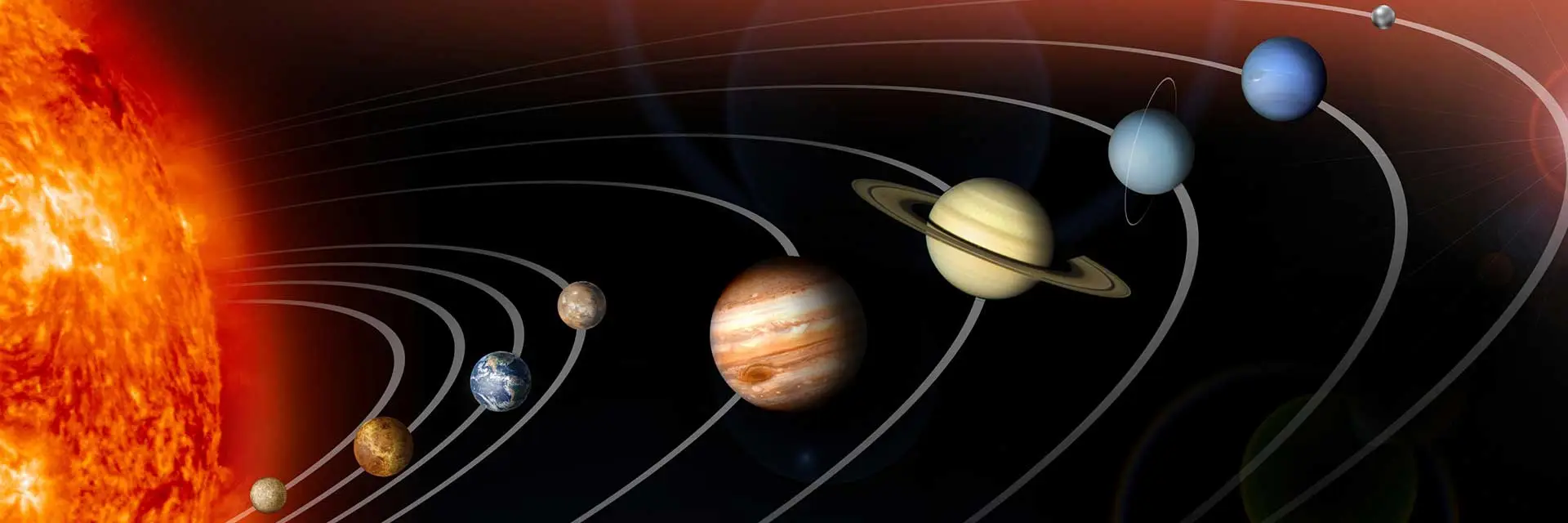Lesson Plan: Analyzing Planetary Data with R
Grade Level & Class type
- Appropriate for: Middle to high school students
- Unit title: Astronomy Unit
- Number of students: 30 per class
- Time: 50 minutes

Lesson Plan and Materials
Objectives:
- Understand the importance and applications of data analysis in various fields.
- Learn how to use R for basic data analysis
- Analyze planetary data (mass, radius, surface gravity) using R.
Materials Needed:
- The dataset for planetary data (in .csv format).
- Projector or smartboard for demonstrating R operations.
- Printed worksheets from the previous discussion for each student.
- Lesson Slides
- Also check out the other materials on our overview page for broader unit materials you can include in your lessons.
Lesson Outline:
Introduction to Data Analysis (10 minutes)
- Briefly discuss what data analysis is and its importance in different fields (science, business, etc.).
- Highlight how data analysis helps in making informed decisions by understanding trends and patterns.
Applications of Data Analysis (5 minutes)
- Provide examples of data analysis in astronomy, such as analyzing planetary data to understand celestial bodies.
- Mention real-life applications, like weather forecasting, understanding climate change, or space missions.
Introduction to R (5 minutes)
- Introduce R as a powerful tool for data analysis.
- Pull up RStudio on posit.cloud using this link or on Rstudio desktop and upload this file
- We recommend using posit.cloud because students can access R and the files directly on their computer.
- Show the Studio interface and explain the different panels (console, script, environment, and files).
Loading and Viewing Data in R (5 minutes)
- Demonstrate how to load the planetary data using
read.csv(). - Use commands like
head(),summary(), andstr()to view and understand the data structure
- Demonstrate how to load the planetary data using
Working on the Worksheet (10 minutes)
- Hand out the printed worksheets (from the previous discussion).
- Students will use R to calculate the surface gravity and mass over surface area ratio for each planet, filling in the worksheet.
Worksheet Discussion and Q&A (5 minutes)
- Discuss the findings from the worksheet.
- Encourage students to ask questions about the analysis process or any difficulties they encountered.
Reflection:
Conclude by asking students to reflect on how understanding data analysis can contribute to various scientific discoveries.
Back to top